In recent years, the number of companies that have decided to use Agile development as a methodology has grown intensively. This is because there is already evidence of the effectiveness of this model, both in terms of work quality and faster delivery. Thus, we can say that Agile development is already a reality in the market!
In a way, this methodology developed alongside software development studies. After all, the first companies to adopt this way of working were those that developed software programs. Proof of this is that the first Agile development methods emerged in the 1990s in technology companies.
Among these methodologies, we can mention Scrum, Crystal Clear, XP, DSDM, FDD, and others. Since then, this way of working has gained much more space in the market and is now a preference for many entrepreneurs. In fact, what stands out the most is the benefits in terms of optimizing productive work time.
However, beyond that, we can mention how the quality of delivery has improved since the software development process has considered interdisciplinary aspects. To learn more, read this complete article and find out more about the interaction between Agile methodology and software development.
What is Agile Development?
To understand how Agile development works as a methodology, it is necessary to contextualize it with the traditional form of development. In this case, let’s consider the software development process as work that involves stages. That is, there is a segmentation that relates to what needs to be done.
In the traditional mode, companies understand that each stage needs to be preceded by the previous one. Thus, a linear development mechanism is created, where each worker assumes their responsibility based on the work of others. Note that this closely resembles an industrial production line.
However, gradually, the market itself began to demand a change in this methodology. This is because no work is truly isolated. In fact, this “step-by-step” approach can result in serious organizational problems. Thus, Agile development emerges in this context to provide a new direction.
In this way, we can define Agile Methodologies as a collaborative development process that integrates multidisciplinary teams. In Agile methodology, there is a preference for dialogue among teams and their independence from rigidity in production.
With this approach, it is possible to have the development of a product that is considered as a whole rather than a set of cycles. In general, we can say that this way of thinking about production has revolutionized the world of work, especially due to time optimization.
Implementing Agile Methodology in Software Development
As we have seen, the use of Agile methodologies is closely related to the software development market. It was, by far, one of the production segments that benefited the most from the implementation of this method. After all, developing software requires the creation of teams and interdisciplinary collaboration.
For a long time, software development work also happened by considering each individual stage. However, it was noticed that this approach led to several “gaps” in projects. That’s when greater dialogue among teams started to be fostered, aiming to create a software solution that is considered as a whole.
Over time, this approach gained momentum and is now dominant in software production. In fact, a guide for applying Agile development in software was developed. It consists of four values that need to be considered when implementing Agile methodologies. Let’s take a look at what they are:
1 – Individuals and interactions over processes and tools
We all know how essential cutting-edge technology tools are for creating efficient software. However, in Agile methodology, it is understood that tools are not the primary focus, nor are they sufficient.
In reality, we understand that human capital is much more valuable than investment in machinery. Therefore, the interaction between teams is the key to creating quality software. This will necessarily involve breaking rigid cycles and preferring interdisciplinary dialogue.
2 – Working software over comprehensive documentation
Documentation is a fundamental step in software development, and it is important for the team to know how to handle this aspect. However, it is not enough to prioritize documentation in software development.
Instead, we emphasize the functionality of the software—how effective the program is in fulfilling its purpose. When thinking from this perspective, we realize that what truly impacts a company’s software experience is how well it optimizes work. That should be the focus.
3 – Customer collaboration over contract negotiation
In software development using Agile methodologies, there is an understanding that customers are more than just project sponsors. Instead, we consider them allies during the software development process.
This is because, when we think about it, no one knows the needs that software should meet better than the customer. Therefore, it is crucial to involve the customer in all stages of production, so they are aware of the process and can provide input freely.
4 – Responding to change over following a plan
Software development has indeed understood that change needs to be respected. Technology is constantly evolving, which requires projects to adapt. In many contexts, this would be unacceptable, as plans often take priority.
However, we must go back to principle number 2, where we saw that the functionality of software should be prioritized. Therefore, it is important to consider that adapting to changes will lead to greater customer satisfaction compared to rigid planning that may become inapplicable.
Some Agile Methodologies
Now that we understand the principles that guide Agile development, it’s important to know some of its methodologies. This will make a significant difference, as these are the primary ways to implement Agile software development. Check out some examples below:
Kanban
The word “Kanban” comes from the Japanese vocabulary and literally means “card,” although it can also be associated with post-it notes. The idea is to organize all tasks on these cards that should be moved as each one is completed.
This provides greater precision about what needs to be done. Additionally, these cards can be organized on a board to indicate priorities. One of the great benefits of this method is the ability to visually organize what needs to be done, which can prevent any details from being overlooked.
Extreme Programming (XP)
In this methodology, the focus is on extreme programming that is also agile and flexible. Therefore, all developers can have access to all the code and make adjustments and changes as needed.
This encourages interdisciplinary collaboration and speeds up work time. As a result, you can experience software that was developed collaboratively and, therefore, is more comprehensive and of higher quality.
Scrum
Lastly, we need to talk about Scrum, which is probably the most well-known Agile methodology in the current market. The main focus of Scrum is communication among all stages of software development.
This is achieved through regular meetings where the results of the work done up to that point are presented. It is up to each company to decide the frequency of these meetings, which can even happen daily. Adjustments and necessary corrections are made during these meetings in real-time.
Get to know Monitora!
Over time, since the conceptualization of Agile methodologies to their consolidation in the market, we have observed the great benefits of these methods. In summary, we can say that these methodologies have brought a higher level of quality to software under development.
However, it is so much more than that! After all, the creation of software becomes the result of an amazing collaborative effort delivered in record time!
That’s why Monitora incorporates Agile methodology as an essential part of software development with its clients.
As a result, the company has expanded the potential of its development teams and has become a reference in the technology industry in Brazil.
Come and meet Monitora, a company that is part of the Marlabs group, experts in helping businesses become digital through methodology, processes, and software.
Click here and talk to one of our specialists!
*Text automatically translated from Portuguese to English.



